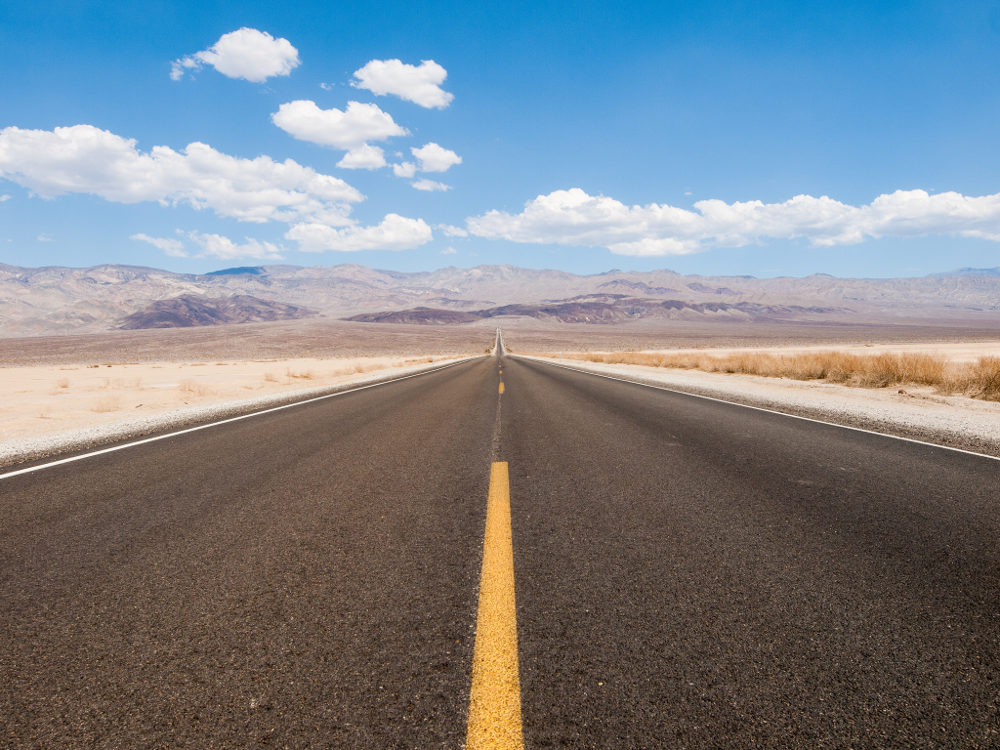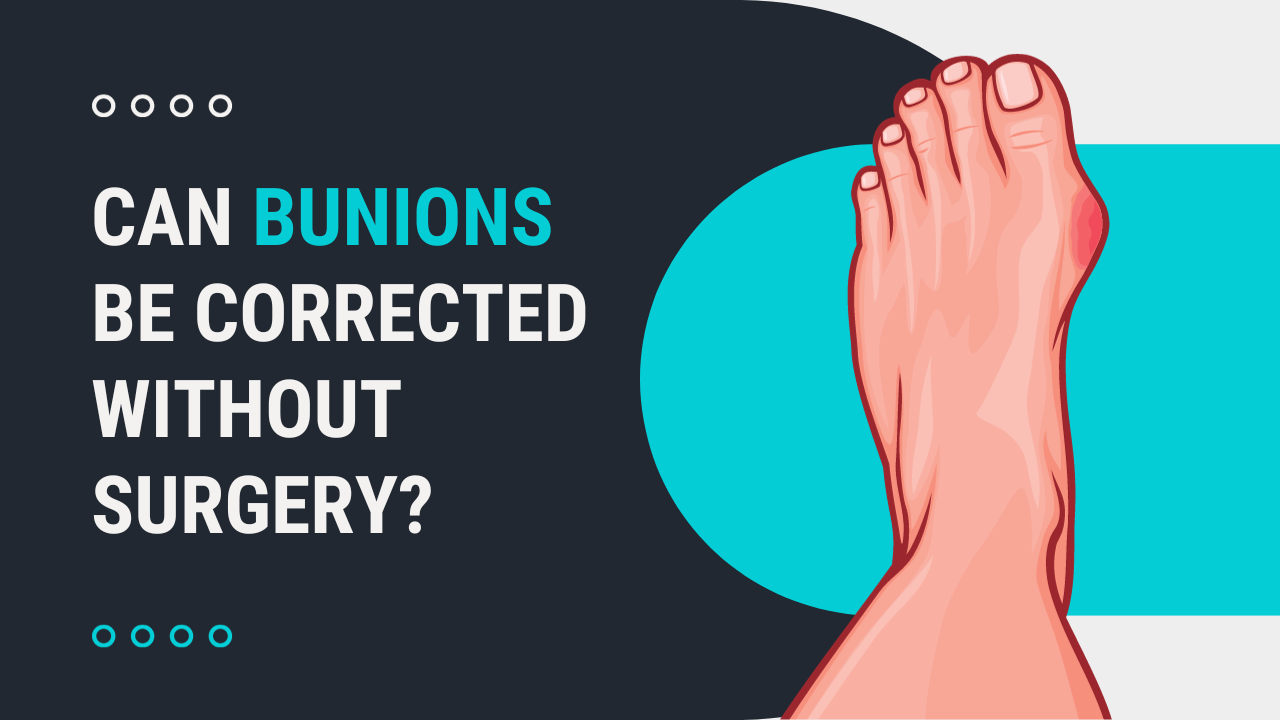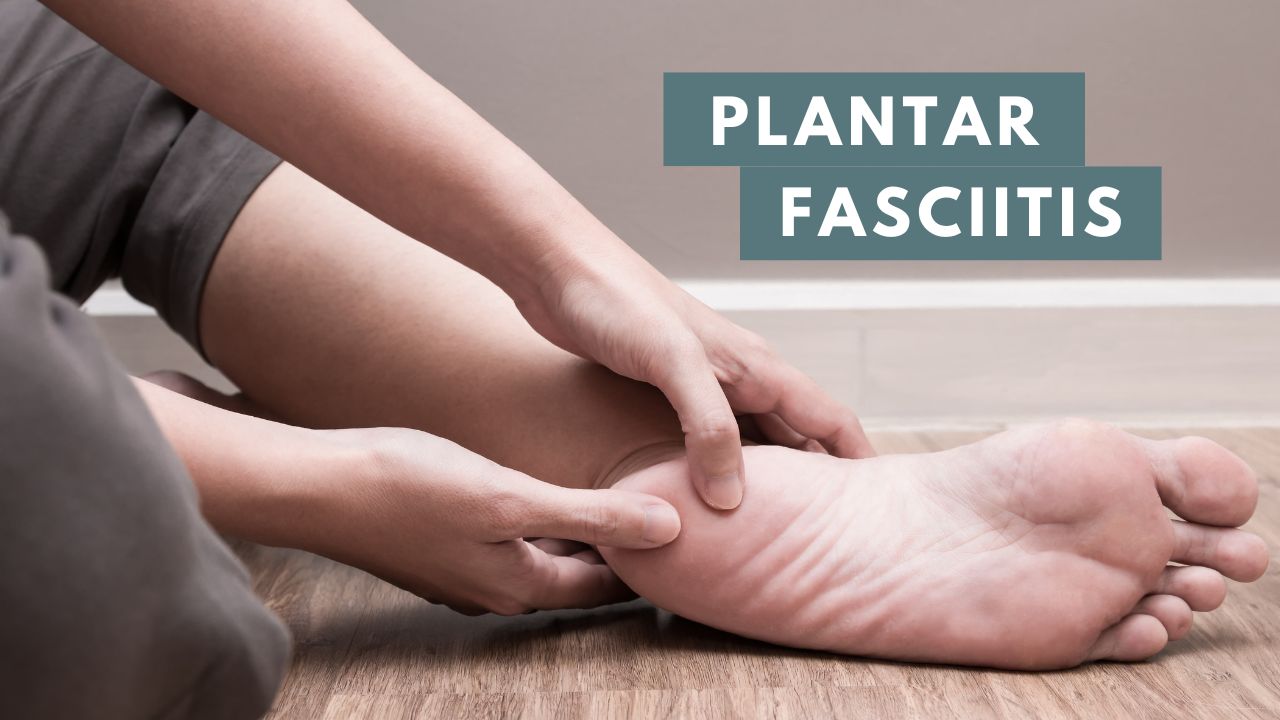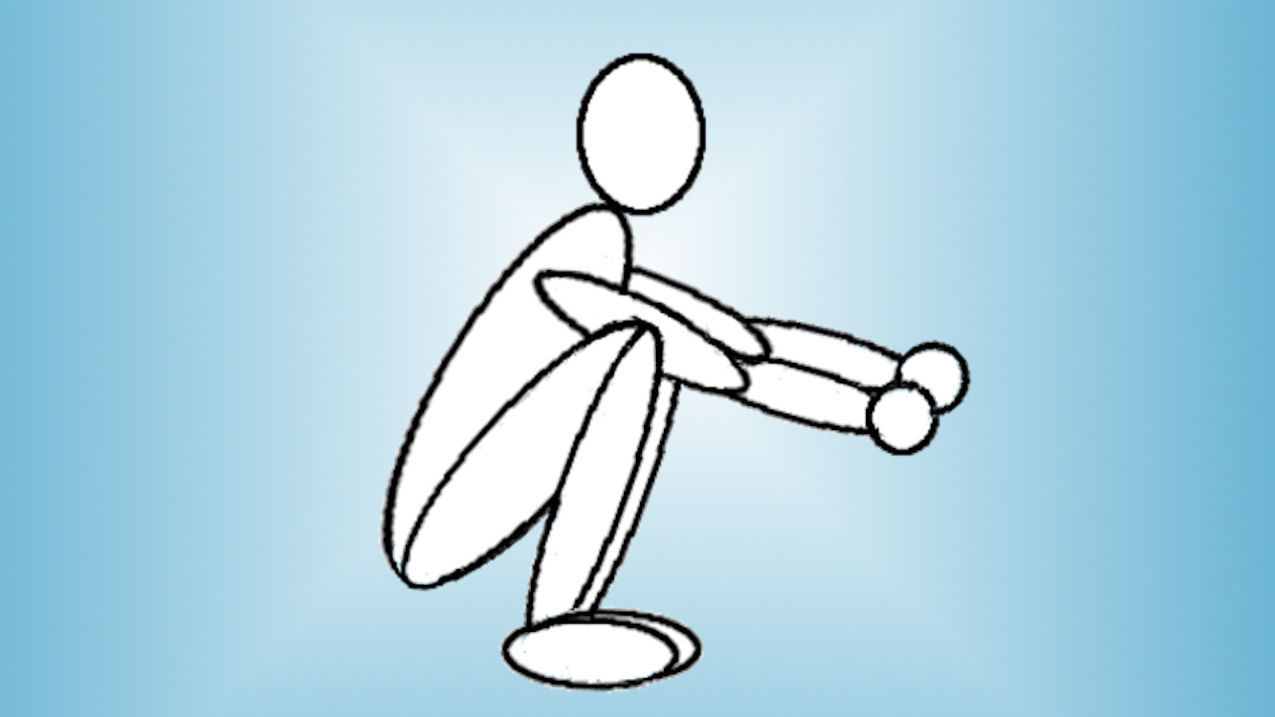Last week I was unable to make it to the beach to run so I bit the bullet and decided to go barefoot on the road. The idea had been floating around my head for a few weeks after reading plenty of research articles and anecdotal reports on the benefits of barefoot running. I’ve been enjoying running along the beach but the difficulty, even with running in the soft sand, is not quite what it was when I first started. You could say I was looking for a new challenge.
The week prior, as I was finishing up a three-mile run, I decided to try the last quarter-mile barefoot. As I removed my shoes I quickly scanned to see if anyone was around–especially anyone that would recognize me. It almost felt like I was doing something criminal. That short distance wasn’t enough to base an opinion on. I think it did help break down a mental barrier and allowed me to understand that running barefoot on the road is possible.
So last week, instead of starting off in shoes and later carrying them, I headed out the door and along the same three-mile route shoeless.
For the first couple of minutes, I really could not tell much of a difference compared to wearing shoes. It vaguely felt like running around the swimming pool–something every kid (and myself from time to time) is compelled to do. After a few more minutes without any ill effects, I spotted a strip of grass along the road about three feet wide. Suddenly having second thoughts about whether or not being on the pavement was a good idea I jumped over to the grass and followed it until there was no other choice but to go back on the road. Concerned about doing too much too soon and giving myself an injury I alternated between walking and jogging every few minutes.
A short detour through a parking lot turned out to be a giant mistake as the surface of the lot was not as smooth as the road. This is where I really missed having shoes. Not only do small pebbles hurt similar to what a bee sting would feel like on the bottom of your foot, but asphalt that’s been baking in the sun gets unbearably hot to stand on. I was caught in a difficult situation because the parking lot was too hot to walk on without risking burning the soles of my feet but all the loose stones made it extremely painful to run on. I was overjoyed to finally reach the grass again.
After the run, my feet felt fine although I noticed a small blister on the ball of my left foot near the second metatarsal head. The next day everything felt back to normal. Two days later it was time for my second run and I was feeling more confident having one run under my belt. I took the same path including the stretch of grass. I noticed that I was being a lot more attentive to where my feet were landing, scanning the ground in front of me for objects that looked like they might not feel good underfoot. A few times I felt a lingering sharp sensation but was surprised to check and see that there wasn’t a pine cone or any other object embedded in my foot. Overall I spent a greater percentage of the time running than walking but towards the end, I was getting distinct signals from my body to take it easy.
During the after run inspection, I noticed there was a blood blister on my left foot in the place that I had the regular blister a few days earlier. The day after I had soreness on the outside of both ankles just below the lateral malleolus. I’m guessing this was due to increase strain on the peroneal muscles or tendons. There isn’t much else in that region that would cause soreness other than possibly a fibular stress fracture, but those are rare and highly unlikely just from that short amount of running. The soreness only lasted for two days and as I write this everything feels fine again.
All-in-all I can say that barefoot road running could have a greater, or at least different, strengthening benefit than running on the beach and the post-run soreness may be a testament to that. I’d like to figure out why the left foot, the one with less pronation, developed blisters and not the right. The blisters and lateral ankle pains reinforce what I already knew, that barefoot running on hard, unnatural surfaces is not something that you want to rush into or progress too quickly.
One thing I noticed when walking on the scalding hot parking lot is that the most comfortable position was to shift my weight to the lateral edges of the feet, in effect elevating the medial arch–exactly the effect I hope to achieve. Still, the constant worrying about stepping on something that might puncture my skin significantly decreased the enjoyment I normally get from running, not being able to relax and just let my thoughts wander. I also have concerns, perhaps unwarranted, about the long-term effects of barefoot running on unnatural surfaces. So, for now, I plan to include short barefoot road runs, maybe 10 to 15 minutes worth, in my training once or twice a week for at least a few more weeks until I get a better sense of what benefit they offer.



